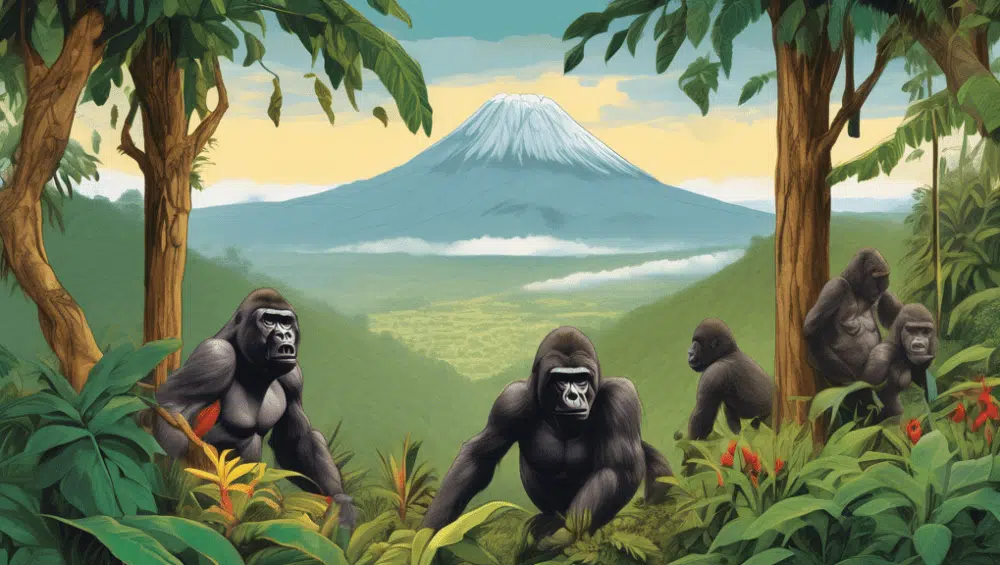Responsible Travel Tips for Visiting a Maasai Village
Why Not Be the Best Guest You Can Be?
Ever thought about visiting a Maasai village? It’s a fantastic way to dive deep into a culture that’s likely quite different from your own. But let’s be honest, it’s easy to get caught up in the excitement and forget to think about responsible travel. How can we enjoy this incredible experience without stepping on toes—literally or culturally? I’ve got some tips that might just make you the favorite guest at any Maasai village!
Understanding Maasai Culture
First things first, let’s talk about understanding Maasai culture. Imagine walking into someone’s house for the first time. You wouldn’t just throw your feet up on their coffee table, right? The same level of respect and understanding should apply when you enter a Maasai village. The Maasai are traditionally nomadic pastoralists, and their social structure, rituals, and way of life are deeply rooted in respect for nature and livestock.
Before you visit, why not do a little homework? There are plenty of resources online and books that can give you a crash course on the basics of Maasai culture. Knowing a thing or two about their beliefs, customs, and etiquette can go a long way. It’s like showing up to a party and already knowing a few friends – it just makes everything smoother and more enjoyable!
Follow the Lead of Your Host
When you’re visiting a Maasai village, remember, you’re not at Disneyland. It’s not a staged show put on for tourists; it’s a peek into real lives and daily routines. So, who better to guide you than a local? Follow your host’s lead. If they take off their shoes when entering a home, you should too. If they bow their heads during a greeting, get ready to nod along.
And here’s a little secret, showing respect can often lead to more authentic interactions and experiences. Think about it: when someone respects your space and culture, don’t you warm up to them quicker?
Support Local Economies the Smart Way
As tourists, we often love bringing back souvenirs. But let’s make our purchases count. When visiting a Maasai village, look for opportunities to buy crafts, jewelry, or art directly from the artisans. Why buy a mass-produced trinket from a souvenir shop miles away when you can support the local economy with something handmade and authentic?
Plus, chatting with the artisans can be half the fun. Ever wondered how a particular necklace is made? Or what the symbols on a Maasai shuka (cloth) represent? Here’s your chance to find out, straight from the source. And trust me, these stories make your souvenirs more than just objects; they turn into stories and memories to share.
A Matter of Etiquette: Photography
Now, let’s talk photos. Yes, the vibrant Maasai attire and picturesque landscapes make for the perfect Instagram post. But always ask for permission before clicking that camera. How would you feel if someone started taking photos through your window during dinner? A little weird, right? It’s the same here.
Often, if you’ve taken the time to build a rapport, the answer will be yes. And if it’s a no, respect that. There’s plenty of beauty in the Maasai lands that you can capture without intruding on anyone’s privacy.
Leave Only Footprints
Last but not least, remember the old saying: Take only memories, leave only footprints. While visiting, be mindful of the environment. Stick to established paths, and resist the urge to pick plants or disturb the wildlife. The Maasai have maintained their lands for generations through careful and respectful practices; let’s help them keep it that way.
With these tips tucked away in your travel bag, you’re not just prepared for a visit to a Maasai village; you’re ready to make meaningful connections and respectful memories. So, when are you planning your visit? The Maasai Mara is waiting, and who knows, maybe it’ll be the trip that changes not just your Instagram feed, but your world view!












